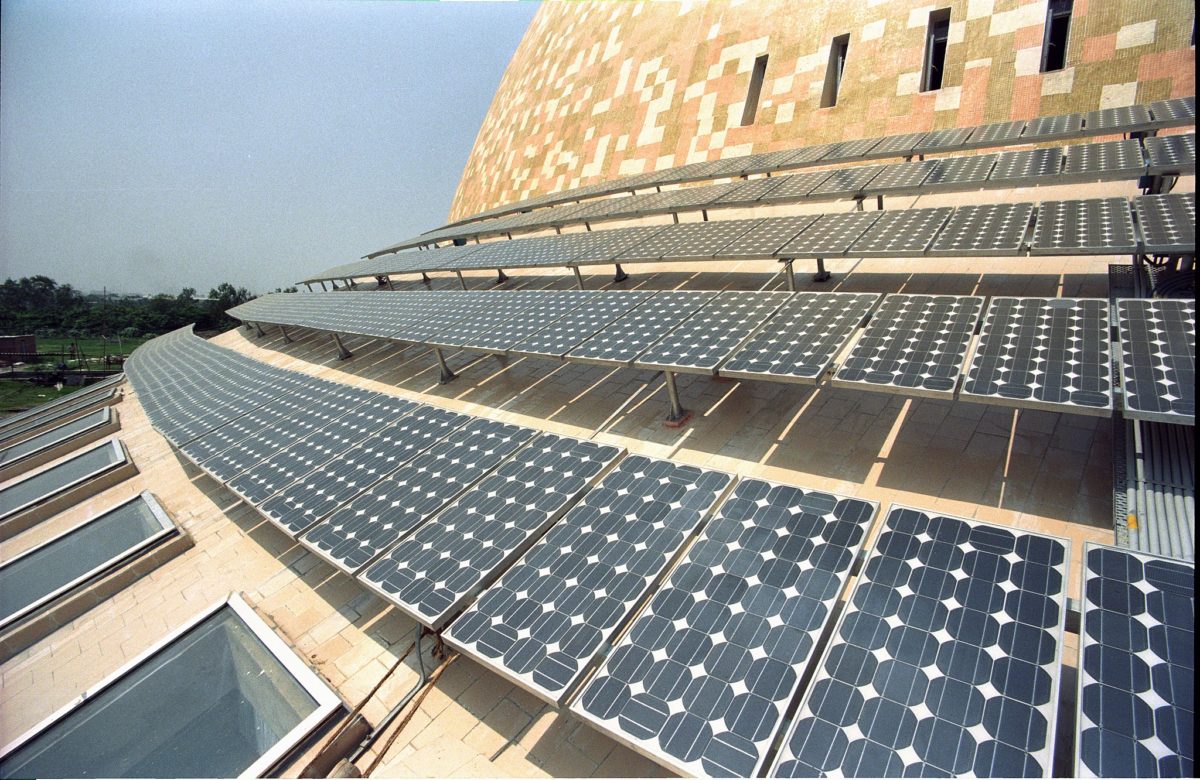India added around 2.32 GW of solar capacity in the first nine months of this year.
The new generation capacity included 1,437 MW of ground-mounted projects and 883 MW of rooftop solar, according to Haryana-based JMK Research, which cited data released by the Ministry of New and Renewable Energy (MNRE).
The volume of new large scale PV has fallen well short of the 7-8 GW forecast by JMK before the Covid-19 outbreak but rooftop installs appear to have maintained momentum despite coronavirus lockdowns, with Gujarat accounting for 43% of new systems.

JMK Research attributed the drastic shortfall in big solar commissioning to Covid-prompted disruption but said it expected most of the delayed capacity to arrive within eight months.
“Because of Covid-19 there were construction delays, restricted movement of equipment supply, and labor shortages, eventually leading to project delays,” said the analyst. “To compensate for this, the MNRE has issued a blanket [project deadline] extension of five months to all project developers. Now, most of this delayed capacity is likely to come up in the first half of 2021.”
Leading states
Rajasthan led the way for large scale PV this year, with 360 MW of new capacity, closely followed by Tamil Nadu (341 MW).
Gujarat ranked first for rooftop solar, with 380 MW of new systems thanks to helpful state-level policies and schemes.
JMK Research said the primary reason for the state’s significant rooftop PV activity was the Surya Urja Rooftop Yojana program, which targets rooftop generation for 8 lakh residential consumers by March 2022. The scheme offers a 40% state subsidy for systems with a generation capacity of up to 3 kW and a 20% subsidy for 3-10 kW arrays. The Haryana consultant highlighted state policy aimed at micro, small and medium-sized enterprises (MSMEs) as another driver for rooftop PV.
“The policy, introduced in September 2019 by the Gujarat government, allows MSMEs to install solar projects with more than 100% of their sanctioned load or contract demand,” said JMK. “Earlier, the permitted installation limit was 50% of the sanctioned load. As per the new policy, MSMEs are also able to sell excess solar energy to the state government for INR1.75/ kWh. The policy also permits MSMEs to buy solar power from third parties.”
After Gujarat, Rajasthan (150 MW) and Tamil Nadu (92 MW) were the next best-performing states for new rooftop solar.
This content is protected by copyright and may not be reused. If you want to cooperate with us and would like to reuse some of our content, please contact: editors@pv-magazine.com.









1 comment
By submitting this form you agree to pv magazine using your data for the purposes of publishing your comment.
Your personal data will only be disclosed or otherwise transmitted to third parties for the purposes of spam filtering or if this is necessary for technical maintenance of the website. Any other transfer to third parties will not take place unless this is justified on the basis of applicable data protection regulations or if pv magazine is legally obliged to do so.
You may revoke this consent at any time with effect for the future, in which case your personal data will be deleted immediately. Otherwise, your data will be deleted if pv magazine has processed your request or the purpose of data storage is fulfilled.
Further information on data privacy can be found in our Data Protection Policy.